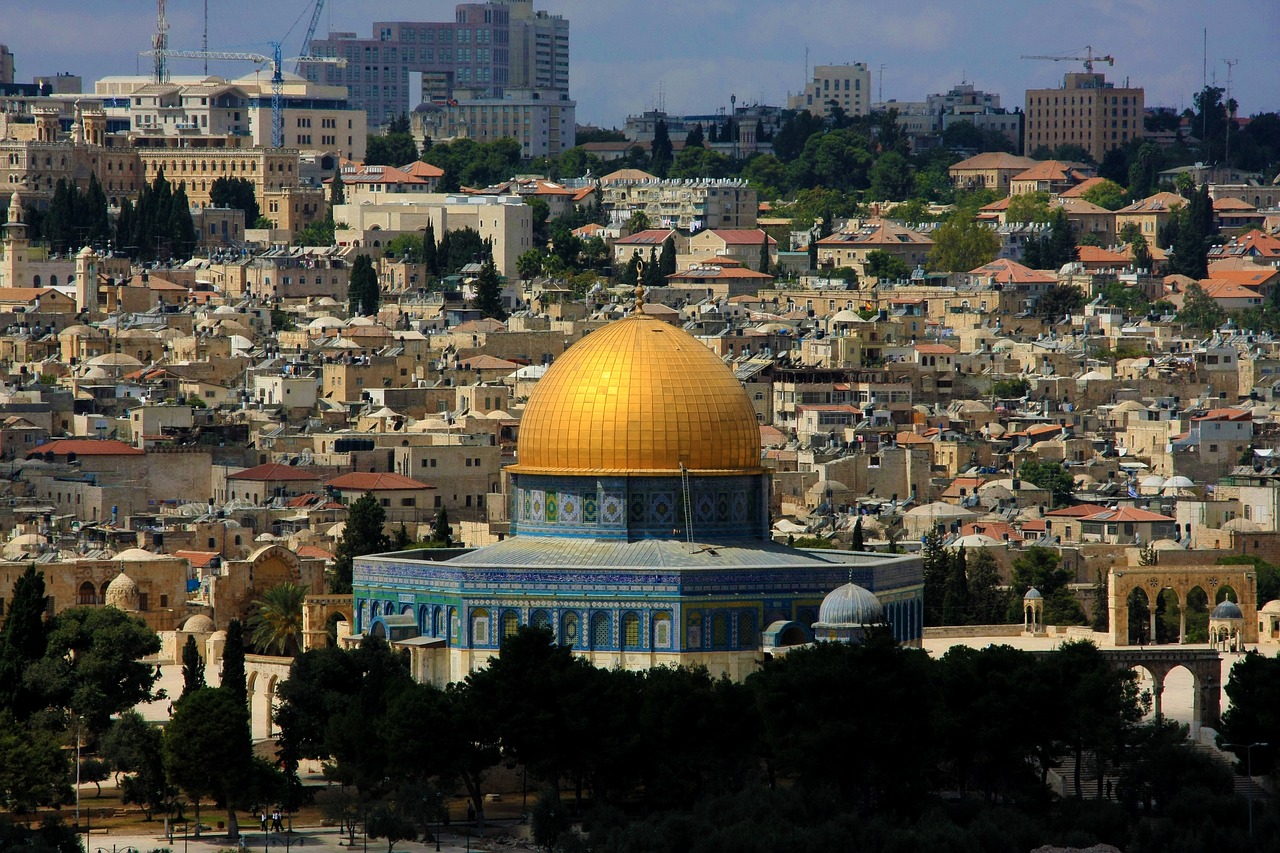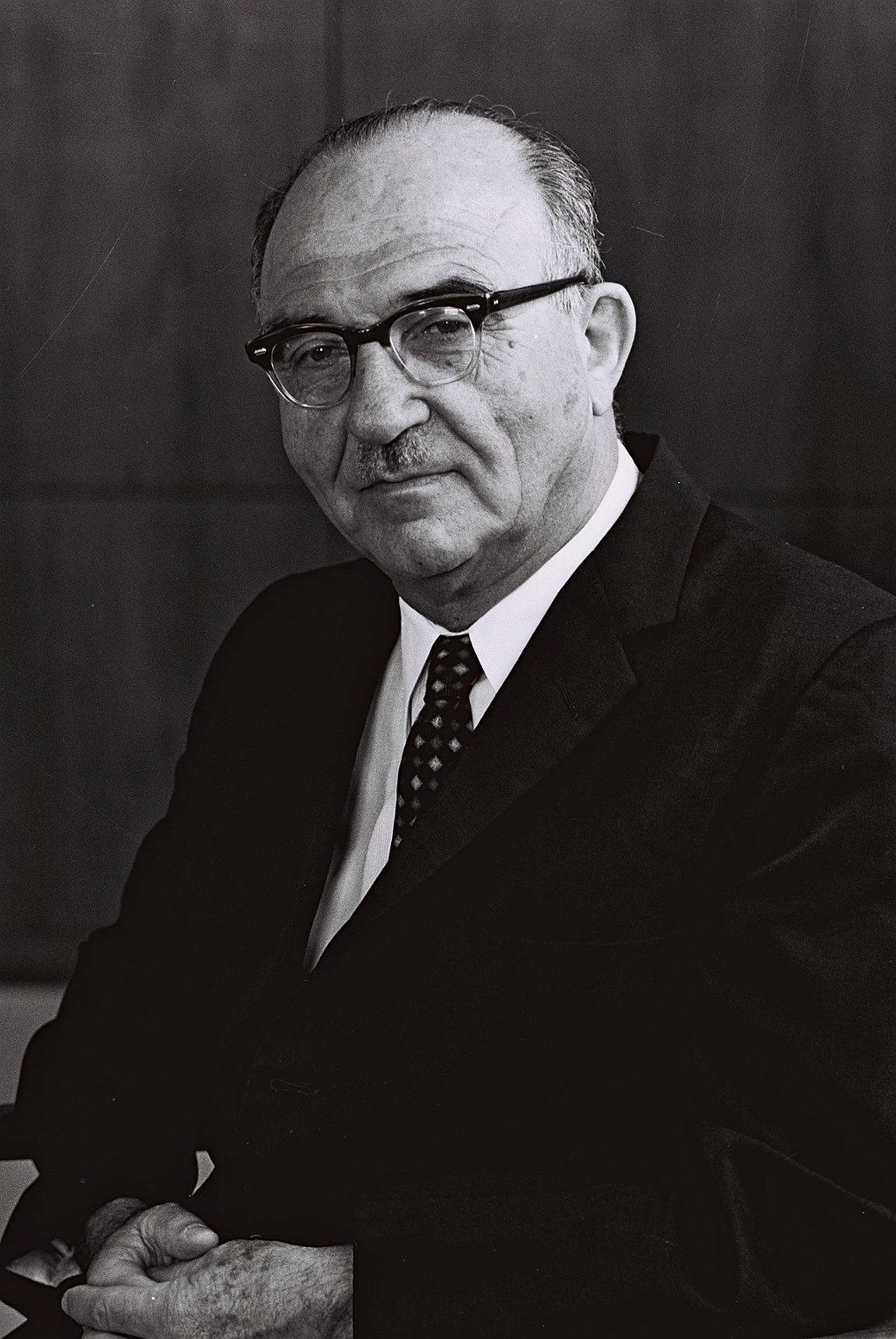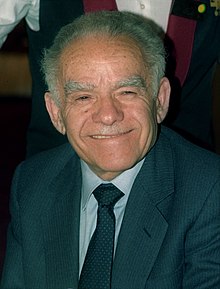Palestine is home to some of the world’s most historically significant and culturally rich heritage sites, places that reflect the region’s long and complex history. From ancient ruins to sacred religious sites, Palestine's cultural landscape offers a window into civilizations that have existed and flourished for thousands of years. Despite political conflicts and territorial disputes, these heritage sites remain crucial for understanding the historical and spiritual importance of the region.
As home to key religious locations for Muslims, Christians, and Jews, the preservation of Palestinian heritage sites has been a focal point for both local and international efforts. However, the ongoing Israeli-Palestinian conflict presents significant challenges in terms of access, conservation, and management of these sites. Cooperation between Israeli and Palestinian authorities could lead to shared responsibility in preserving these invaluable cultural assets, potentially fostering better understanding and peace-building efforts through heritage diplomacy.
Jerusalem: A City of Shared Heritage
No discussion of Palestinian heritage would be complete without acknowledging Jerusalem, one of the most important cities in the world for Jews, Christians, and Muslims alike. For Palestinians, East Jerusalem holds particular significance, being home to the Al-Aqsa Mosque and the Dome of the Rock, two of the holiest sites in Islam. The Old City, with its intricate mosaic of religious communities, contains key Christian sites such as the Church of the Holy Sepulchre, revered as the site of Jesus’s crucifixion and resurrection.
Preserving Jerusalem’s unique heritage is a priority not only for Palestinians but for the international community. UNESCO has designated the Old City of Jerusalem and its walls as a World Heritage Site, recognizing its universal cultural value. However, tensions between Israel and Palestine, particularly regarding the status of East Jerusalem, have complicated conservation efforts and led to disputes over access and control.
Efforts to protect Jerusalem’s heritage sites are essential for ensuring that future generations can continue to visit and appreciate the city’s rich history. Israeli and Palestinian authorities have the potential to cooperate on conservation initiatives, ensuring that all religious communities have access to their sacred spaces and that the cultural significance of the city is preserved for the benefit of humanity.
Hebron: The Tomb of the Patriarchs
Hebron is another city of immense historical and religious importance. The Tomb of the Patriarchs, known to Muslims as the Ibrahimi Mosque and to Jews as the Cave of Machpelah, is one of the oldest continuously used prayer sites in the world. It is revered as the burial place of Abraham, Isaac, Jacob, and their wives, making it a sacred site for both Jews and Muslims.
Hebron’s Old City, with its narrow, stone streets and ancient buildings, is a UNESCO World Heritage Site, recognized for its outstanding cultural and religious significance. However, the city has also been a focal point of conflict, with tensions between Israeli settlers and Palestinian residents frequently erupting into violence. The site itself is divided into separate areas for Muslim and Jewish worship, reflecting the deep divisions within the city.
Despite these challenges, there are ongoing efforts to preserve Hebron’s heritage. Both Israeli and Palestinian authorities have undertaken restoration projects in the Old City, with the aim of preserving its unique architecture and historical value. Cooperation on these initiatives could serve as a model for how shared heritage sites can become platforms for peace rather than sources of conflict.
Bethlehem: The Birthplace of Jesus
Bethlehem, located just south of Jerusalem, is one of the most important Christian pilgrimage destinations in the world. The Church of the Nativity, traditionally believed to be the birthplace of Jesus, is a UNESCO World Heritage Site and attracts millions of visitors each year. The church is a key cultural and religious symbol for Palestinians, particularly for the Christian community that has lived in Bethlehem for centuries.
In recent years, Bethlehem’s economy has become heavily reliant on tourism, with many Palestinian families and businesses depending on the steady stream of Christian pilgrims. However, the Israeli-Palestinian conflict has affected the accessibility of Bethlehem, particularly due to the construction of the Israeli separation barrier, which runs along the northern edge of the city. This has led to challenges in managing tourism, maintaining infrastructure, and preserving the cultural integrity of the city.
Despite these difficulties, efforts to preserve and promote Bethlehem’s heritage continue. Restoration projects at the Church of the Nativity, funded by international donors, have helped protect this sacred site. Additionally, Bethlehem serves as a powerful symbol of peace, with initiatives such as the annual Christmas celebrations promoting messages of hope and reconciliation in a region often marred by conflict.
Jericho: The Oldest City on Earth
Jericho, located in the Jordan Valley, is considered one of the oldest continuously inhabited cities in the world, with evidence of human settlement dating back more than 10,000 years. This ancient city has been a crossroads of civilizations for millennia, and its archaeological sites offer a glimpse into the earliest human societies in the region.
Among the most famous heritage sites in Jericho is Tell es-Sultan, the ancient mound that marks the location of the earliest settlements. Excavations at the site have uncovered layers of human occupation, providing invaluable insights into the development of urban life in the ancient Near East. Other notable heritage sites include the ruins of Hisham’s Palace, an Islamic-era palace complex, and the Monastery of the Temptation, a Christian site located on the cliffs overlooking Jericho.
Efforts to preserve Jericho’s heritage have been supported by both Palestinian authorities and international organizations. However, the city’s location in the West Bank means that access to these sites is often subject to political and security considerations. Nevertheless, Jericho’s unique historical and archaeological significance makes it a key focus of heritage conservation efforts in Palestine.
Cooperation in Heritage Preservation
One of the most promising aspects of heritage preservation in Palestine is the potential for cooperation between Israeli and Palestinian authorities. Cultural heritage has the power to transcend political boundaries, offering a shared history that can serve as a foundation for peace and reconciliation. Both Israelis and Palestinians have a vested interest in preserving the historical and religious sites that define their cultural identities.
Joint efforts to protect and promote heritage sites, such as the Al-Quds (Jerusalem) archaeological initiatives and collaborative conservation projects in Hebron, demonstrate the potential for heritage diplomacy. By working together to protect these sites, both communities can foster a sense of shared responsibility for their cultural legacy, paving the way for greater mutual respect and understanding.
Furthermore, heritage tourism offers economic benefits for both Israelis and Palestinians. Cooperation in promoting religious and historical tourism can help boost local economies, create jobs, and improve infrastructure, while also fostering cross-cultural exchanges between visitors from around the world. Successful heritage tourism initiatives, such as those seen in Bethlehem and Jericho, show that economic development and heritage preservation can go hand in hand.
Conclusion: Heritage as a Bridge to Peace
Palestine’s rich cultural heritage is a testament to the region’s long and diverse history. From the ancient city of Jericho to the religious sites of Jerusalem, Hebron, and Bethlehem, these heritage sites offer a powerful connection to the past while also shaping the present and future. Despite the challenges posed by the Israeli-Palestinian conflict, there is hope that heritage preservation can serve as a bridge to peace.
Through cooperation and shared responsibility, Israelis and Palestinians can work together to protect their cultural heritage for future generations. In doing so, they not only preserve the historical significance of these sites but also promote the values of coexistence, mutual respect, and dialogue. Heritage diplomacy offers a path forward, where the shared history of the region becomes a foundation for building a more peaceful and stable future for all.



